
This is where you find all our press releases and news articles.
How to develop a large-scale 40 t/h livestock and poultry feed mixing plant in Asia?
In Asia, or in any country, the core steps and key points of building a 40 t/h livestock and poultry feed mixing plant include: site construction, equipment purchase, raw material procurement, staffing and training, and environmental protection and policy considerations.
RICHI MACHINERY is a professional livestock and poultry feed production line provider and livestock and poultry feed equipment manufacturer. We can provide a series of services from project consultation to project completion, including process design, plant design and layout, equipment processing, silo system, equipment installation, equipment commissioning, and personnel training.
In order to give you a better understanding of the construction of a 40t/h livestock and poultry feed mixing plant, RICHI will share an Asian 40t/h livestock and poultry feed plant project we have done.
The 40 t/h livestock and poultry feed mixing plant project was built in Thailand. The customer runs a livestock company and invested US$880,000 to build a 100,000-ton livestock and poultry compound feed project.
After the project is put into production, the annual output of livestock and poultry compound feed is 100,000 tons. The labor quota of this project is 20 people, one shift, 8 hours a day, no production at night, and the company works 330 days a year.
The 40 t/h livestock and poultry feed mixing plant project covers an area of 16,608.19m2; the total construction area of the project is 7,883 square meters. The construction content includes production workshops, offices, dormitories, auxiliary material warehouses, laboratories and other ancillary facilities. The details of the project structures are shown in the table below.
The civil engineering, plant construction, water and electricity issues of the poultry livestock feed production line project were all completed by local Thai contractors, while the animal feed plant layout, equipment layout, and civil engineering solutions were all provided by us.
| Project Classification | Project Name | Construction Content | Remarks | ||||
| Main Project | Production Workshop | Building area of 324m2, mainly used for feed processing. | Colored steel structure | ||||
| Storage and transportation engineering | Auxiliary material warehouse 1 | Building area 1680m2, (building facilities with a height of more than 8 meters are calculated as double-layer building area) Mainly used for raw material storage and delivery | Colored steel structure | ||||
| Auxiliary material warehouse 2 | Building area 1680m2, (building facilities with a height of more than 8 meters are calculated as double-layer building area) Mainly used for raw material storage and delivery | Colored steel structure | |||||
| Auxiliary material warehouse 3 | Building area 2016m2, (building facilities with a height of more than 8 meters are calculated as double-layer building area) Mainly used for raw material storage and delivery | Colored steel structure | |||||
| Bagged finished product warehouse | Building area of 480m2, mainly used for finished product storage | Colored steel structure | |||||
| Corn and soybean meal feeding area | Covering an area of 504m2, with 3 corn silos and 2 soybean meal silos | Colored steel structure | |||||
| Unloading canopy | Building area of 320m2 | Colored steel structure | |||||
| Auxiliary engineering | Office building | Building area of 864m2, 2 floors, with offices, laboratories, dormitories and guards, used for daily office and rest | Brick-concrete structure | ||||
| Dry toilet | Building area 15m2 | Brick-concrete structure | |||||
| Public works | Water supply | Provided by Xingtang County tap water network | |||||
| Power supply | Provided by Zhili Township substation | ||||||
| Environmental protection projects | Waste gas | Waste gas from corn screening process | 1 gas collection hood | Pulse bag dust collector (1#) + 15m high exhaust chimney P1 | |||
| Waste gas from corn silo loading process | Pipeline | ||||||
| Waste gas from soybean meal screening process | 1 gas collection hood | ||||||
| Waste gas from soybean meal silo feeding process | Pipeline | ||||||
| Waste gas from corn and soybean meal crushing process | Pipeline + pulse bag dust collector (3#) | 15-meter high exhaust chimney P2 | |||||
| Waste gas from cottonseed meal and sunflower cake screening process | 1 gas collection hood + pulse bag dust collector (2#) | ||||||
| Waste gas from cottonseed meal and sunflower cake feeding process | 1 air hood + pulse bag dust collector (2#) | ||||||
| Waste gas from distiller's grains and stone powder feeding process | 1 air hood + pulse bag dust collector (2#) | ||||||
| Waste gas from cottonseed meal and sunflower cake crushing process | Pipeline + pulse bag dust collector (4#) | ||||||
| Waste gas from secondary crushing process | Pipeline + pulse bag dust collector (7#) | ||||||
| Waste gas from batching bin feeding | Pipeline | Pulse bag dust collector (5#) | |||||
| Mixed exhaust gas | Pipeline | ||||||
| Premix silo loading exhaust gas | 1 hood + pulse bag dust collector (6#) | ||||||
| Bulk silo loading | Pipeline | Pulse bag dust collector (8#) | |||||
| Loading exhaust gas | 1 hood | ||||||
| Bagging process exhaust gas | 1 hood | ||||||
| Unorganized particulate matter | The workshop is closed, management is strengthened, and the conveyor belt is fully enclosed | ||||||
| Wastewater | Domestic sewage | Washing wastewater is used for dust suppression in the factory area. The factory area is equipped with anti-seepage dry toilets, which are regularly cleaned and used as agricultural fertilizer | |||||
| Noise | Equipment noise | Foundation shock absorption + factory sound insulation + distance attenuation | |||||
| Solid waste | Dust removal ash | Centralized collection, all reused in production | |||||
| Waste packaging bags | After collection, all sold | ||||||
| Large debris | Collected centrally, domestic waste will be regularly removed and disposed of by local sanitation departments | ||||||
Based on process equipment and customer budget, the main production equipment we configure for this 40 t/h livestock and poultry feed mixing plant is detailed in the table below.
| Serial number | Name | Model | Quantity |
| Corn cleaning into and out of the warehouse | |||
| 1 | Pulse dust collector | TBLMy48 | 1 |
| 2 | Grid screen | 1.5*1.5 | 2 |
| 3 | Feed hopper | 1.5*3 | 1 |
| 4 | 1# Raw grain elevator | DTG48/28 | 1 |
| 5 | Compound cleaning screen | TQZL150*270-3C | 1 |
| 6 | 2# raw grain elevator | DTG48/28 | 1 |
| 7 | Elevator tower | 2*2 | 30 |
| 8 | Scraper corridor | 1.2*1.2 | 32 |
| 9 | Warehouse scraper | TGSS2 5 | 1 |
| 10 | Corn silo | φ10*14 layers | 3 |
| 11 | Material level sensor | Mechanical type | 6 |
| 12 | Electronic temperature measurement | 4 lines 40 points | 3 |
| 13 | Ventilator | 4-72№4A | 6 |
| 14 | Ring ventilation at the bottom of the silo Wind | HX300 | 3 |
| 15 | Silo top induced draft | Axial flow fan 400 | 3 |
| 16 | On-site control cabinet | 1 | |
| 17 | Scraper for outbound silo | TGSS25 | 1 |
| 18 | Scraper for inverted silo | TGSS25 | 1 |
| Main and auxiliary materials crushing warehouse | |||
| 1 | 1# Bucket elevator | DTG36/28 | 1 |
| 2 | Permanent magnetic cylinder | TCXT25 | 1 |
| 3 | Material level meter | SF-10R | 2 |
| 4 | Main material crushing bin | 13.5 cubic meters | 1 |
| 5 | Impeller feeder | YL80 | 1 |
| 6 | 1# hammer mill | FSP50×100 | 1 |
| 7 | Pulse dust collector | TBLMy30 (5*6) | 1 |
| 8 | Air-blocking auger | LSS22 | 1 |
| 9 | 2# bucket elevator | DTG36/28 | 1 |
| 10 | Three-way distributor | FP250×2 | 1 |
| 11 | Pulse dust collector | TBLMy30(3*10) | 2 |
| 12 | Feed hopper and screen | 1.8*2.5 | 2 |
| 13 | Scraper conveyor (self-cleaning) | TGSU25 | 1 |
| 14 | Scraper conveyor (self-cleaning type) | TGSU25 | 1 |
| 15 | 2# bucket elevator | DTG36/28 | 1 |
| 16 | Three-way distributor | FP250×2 | 1 |
| 17 | Material level meter | SF-10R | 4 |
| 18 | Material waiting for crushing bin< /td> | 9 cubic meter/silo | 2 |
| 19 | Buffer hopper | / | 1 |
| 20 | Screw feeder | LSS20 | 1 |
| 21 | Three-way distributor | FP250×2 | 1 |
| 22 | Drum grading screen | SCY80 | 1 |
| 23 | Permanent magnetic tube | TCXT20 | 1 |
| 24 | 2#Hammer crusher | FSP40×40 | 1 |
| 25 | Pulse dust collector | TBLMy24 | 1 |
| 26 | Air-tight auger | LSS22 | 1 |
| 27 | 3#Bucket elevator | DTG36/28 | 1 |
| 28 | Rotating distribution plate | FP220×12 | 1 |
| 29 | 4# bucket elevator | DTG36/28 | 1 |
| 30 | Rotating distribution plate | FP220×14 | 1 |
| 31 | Distribution plate flow pipe | Φ219 | 24 |
| Batching and mixing | |||
| 1 | Pulse dust collector | TBLMy18 | 1 |
| 2 | Suction hood | / | 1 |
| 3 | Material level meter | / | 4 |
| 4 | Batching bin | 0.6×1.2×3 | 2 |
| 5 | Stainless steel spiral batcher | LSS14 | 2 |
| 6 | Small ingredient batching scale hopper | 200KG | 1 |
| 7 | Stainless steel slide pipe | / | 1 |
| 8 | Material level meter | / | 40 |
| 9 | Baking silo | 1.5(1)×1.5×6 | 20 |
| 10 | Batcher | LSS16 | 4 |
| 11 | Batcher | LSS20 | 10 |
| 12 | Batcher | LSS25 | 6 |
| 13 | Electronic scale | 1000kg | 2 |
| 14 | Pulse dust collector | TBLMy6 | 1 |
| 15 | Suction hood | / | 1 |
| 16 | Feeding port and screen | 0.6*0.6 | 1 |
| 17 | Double-shaft paddle mixer | SJHJ.2 | 1 |
| 18 | Oil adding system | / | 1 |
| 19 | Buffer bucket | 2m3 | 1 |
| 20 | Screw conveyor | LSS25 | 1 |
| 21 | 6# powder finished product elevator | DTG36/28 | 1 |
| 22 | Finished product inspection screen | SCY80-3m | 1 |
| 23 | Screw conveyor | LSS25 | 1 |
| 24 | Three-way distributor | FP250×2 | 1 |
| Second crushing | |||
| 1 | Material level meter | Rotation resistance | 2 |
| 2 | Second crushing bin | 13.5 cubic | 1 |
| 3 | Screw feeder | LSS20 | 1 |
| 4 | Hammer mill | FSP60×50 | 1 |
| 5 | Pulse dust collector | TBLMy30(5*6) | 1 |
| 6 | Air-tight auger | LSS22 | 1 |
| 7 | Bucket elevator | DTG36/23 | 1 |
| Bagging | |||
| 1 | Material level meter | Rotation resistance | 4 |
| 2 | Finished product packaging warehouse | 13.5 cubic meters | 1 |
| 3 | Buffer warehouse | 1.0 cubic meters | 1 |
| 4 | Quantitative packaging scale | Auger double bucket scale | 1 |
| 5 | Pulse dust collector | TBLM12 | 1 |
| Bulk | |||
| 1 | Rotary distribution plate | FP250×6 | 1 |
| 2 | Distribution plate flow tube | 6 | |
| 3 | Material level meter | 12 | |
| 4 | Bulk finished product warehouse | 22.5 cubic meters/warehouse | 6 |
| 5 | Screw conveyor | LSS25 | 1 |
| 7 | On-site control box | 2 | |
| Laboratory | |||
| 1 | Electronic balance | 1 | |
| 2 | Electronic constant temperature drying oven | 1 | |
| 3 | Box-type resistance furnace | 1 | |
| 4 | Distilled water machine | 1 | |
| 5 | Instrument constant temperature water bath | 1 | |
| 6 | Protein analyzer | 1 | |
| Others | |||
| 1 | High-pressure air generation system | / | 1 |
| 2 | Suspended basket | 2 tons-16 meters | 1 |
| 3 | Process control cabinet | / | 1 |
| 4 | Microcomputer batching system | Four-scale system | 1 |
| 5 | Platform bracket | / | 1 |
The consumption of main raw and auxiliary materials for this 40 t/h livestock and poultry feed mixing plant project is shown in the table below.
| Serial number | Name | Annual consumption | Form | Storage form | Storage location |
| 1 | Soybean meal | 15000t | Block | Bagged | Auxiliary material warehouse |
| 2 | Cottonseed meal | 5000t | Block | Bagged /td> | Auxiliary material warehouse |
| 3 | Wine tank | 5000t | Pellets | Bagged | Auxiliary material warehouse |
| 4 | Corn | 60000t | Block | Silo | Corn silo |
| 5 | Stone powder | 9000t | Powder | Bagged | Auxiliary material warehouse |
| 6 | Sunflower cake | 5000t | Block | Bagged | Auxiliary material warehouse |
| 7 | Oil | 900t | Liquid | Barrel | Auxiliary material warehouse |
| 9 | Premix | 100t | Powder | Bagged | Auxiliary material warehouse |
| 10 | Water | 264m3 | / | / | Provided by local water supply network |
| 11 | Electricity | 60,000kW·h | / | / | Provided by local substation |
In this 40 t/h livestock and poultry feed mixing plant project, the feed processing process we designed for the customer is as follows:
The 40 t/h livestock and poultry feed mixing plant project covers an area of 16,608.19 m2, of which the bagged finished product warehouse, production workshop, 3 corn warehouses and 2 soybean meal warehouses in the feeding area are located in the middle of the factory area. From west to east, they are the medium bagged finished product warehouse, production workshop and feeding area.
The 3 auxiliary material warehouses are located on the south side of the factory area. The office building is located on the north side of the factory area, with offices, laboratories and dormitories. The entire factory area has a reasonable layout, clear functional divisions, smooth transportation, and convenient production management.
Environmental protection equipment and measures are also an important part of the construction of 40 t/h livestock and poultry feed mixing plant projects. With the increasingly stringent environmental protection requirements of countries around the world, environmental protection measures are an indispensable engineering content of a high-quality mixing feed mill.
| Type | Emission source | Name of pollutant | Prevention and control measures | Expected control effect | |||
| Air pollutants | Corn screening process | Particulate matter | 1 air collection hood | Pulse bag dust collector (1#) + 15m high exhaust chimney P1 | Comprehensive Emission Standard of Air Pollutants | ||
| Corn silo loading process | Particulate matter | Pipeline | |||||
| Soybean meal screening process | Particulate matter | 1 air collection hood | |||||
| Soybean meal silo loading process | Particulate matter | Pipeline | |||||
| Waste gas from corn and soybean meal crushing process | Particulate matter | Pipeline + pulse bag dust collector (3#) | 15m high exhaust stack P2 | "Integrated Emission Standards for Air Pollutants" | |||
| Waste gas from cotton meal and sunflower cake screening process | Particulate matter | 1 air hood + pulse bag dust collector (2#) | |||||
| Waste gas from cottonseed meal and sunflower cake feeding process | Particles | ||||||
| Waste gas from distiller's grains and stone powder feeding process | Particles | ||||||
| Waste gas from cottonseed meal and sunflower cake crushing process | Particles | Pipeline + pulse bag dust collector (4#) | |||||
| Waste gas from secondary crushing process | Particles | Pipeline + pulse bag dust collector (7#) | |||||
| Waste gas from batching bin | Particles | Pipeline | Pulse bag dust collector (5#) | ||||
| Mixed exhaust gas | Particulate matter | Pipeline | |||||
| Premix silo loading exhaust gas | Particulate matter | 1 air collection hood + pulse bag dust collector (6#) | |||||
| Bulk silo loading exhaust gas | Particulate matter | Pipeline | Pulse bag dust collector (8#) | ||||
| Loading exhaust gas | 1 gas collection hood | ||||||
| Bagging exhaust gas | 1 gas collection hood | ||||||
| Unorganized | Particulate matter in corn and soybean meal feeding area | The workshop is closed, management is strengthened, and the conveyor belt is fully enclosed | "Comprehensive Emission Standards for Air Pollutants" | ||||
| Unorganized | Particulate matter in production workshop | ||||||
| Unorganized | Particulate matter in finished product warehouse | ||||||
| Water pollutants | Employee life | COD, BOD5, NH3-N, SS | Washing wastewater is used for dust suppression in the factory area. The factory area is equipped with anti-seepage dry toilets, which are regularly cleaned and used as agricultural fertilizer. | No external discharge | |||
| Solid waste | Bag dust collector | Dust removal ash | All recycled for production | Reasonable disposal | |||
| Production process | Waste packaging bags | All sold | Reasonable disposal | ||||
| Corn screening | Large debris | Collected and removed by the sanitation department | Reasonable disposal | ||||
| Soybean meal screening | |||||||
| Cottonseed meal and sunflower cake screening | |||||||
| Employee life | Domestic garbage | Reasonable disposal | |||||
| Noise | The noise source of this project is mainly the noise generated by the operation of production equipment, and the noise value is 75~85dB(A). By giving priority to low-noise equipment for noise-generating equipment, reasonably arranging it in the factory building, and doing foundation vibration reduction, factory building sound insulation, and then attenuating by distance, the factory boundary noise meets the "Environmental Noise Emission Standards for Factory Boundaries of Industrial Enterprises". | ||||||
| Others | The floors of production workshops, warehouses and anti-seepage dry toilets are all hardened to ensure that the permeability coefficient is ≤10-7cm/s. | ||||||
In general, opening a feed processing plant involves site construction, equipment purchase, raw material procurement, staffing and training, as well as operating costs and taxes. Site selection and facility construction are the basis, equipment investment accounts for a large proportion, raw material prices are affected by market fluctuations, staffing needs to bear recruitment and training costs, and operating costs and taxes increase with the expansion of scale.
If you are interested in investing in a 40 t/h livestock and poultry feed mixing plant in Asia, please contact RICHI MACHINERY for professional technical support!
Having the right mix of reliable, high-quality pellet machine and pelletizing systems and expert support is essential to your success. Watch how our end-to-end feed pellet plant solutions have helped our customers optimize their performance.
Our customized and future-proofed turnkey pellet plant solutions is designed with you at the core. From vision to reality and beyond, our team stays connected with yours. Giving you peace-of-mind with an expert at your side.
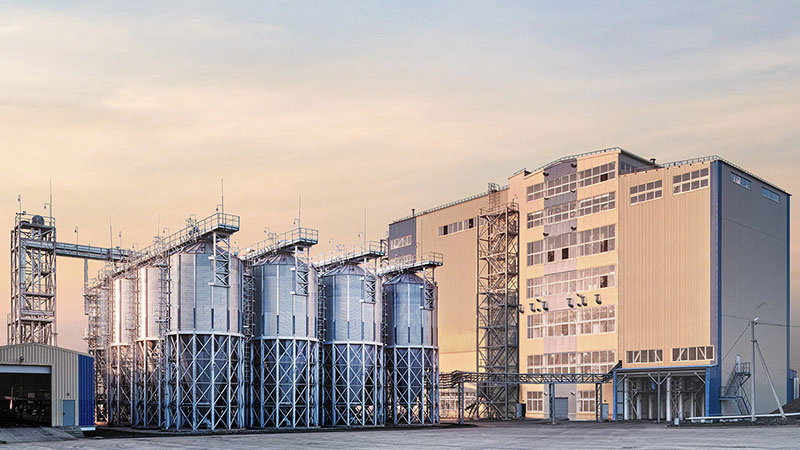
At RICHI, we go beyond project completion. With RICHI Servicee, we’re your dedicated partners in success. Count on us for expert guidance, minimal downtime, and optimized productivity. Choose RICHI for unmatched service and support.
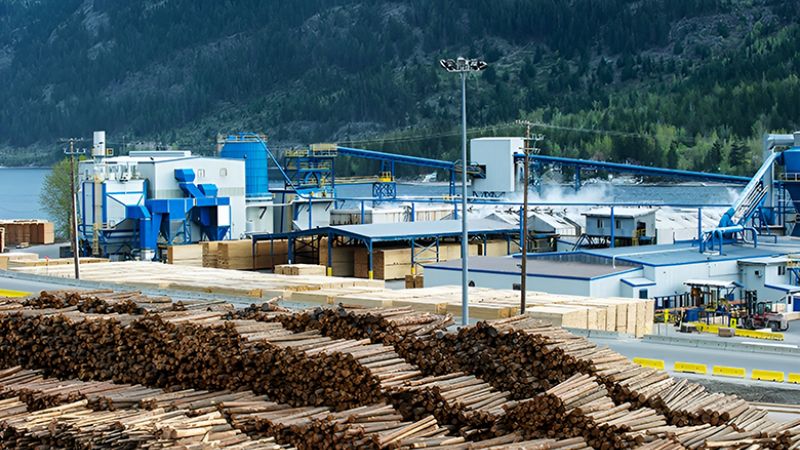
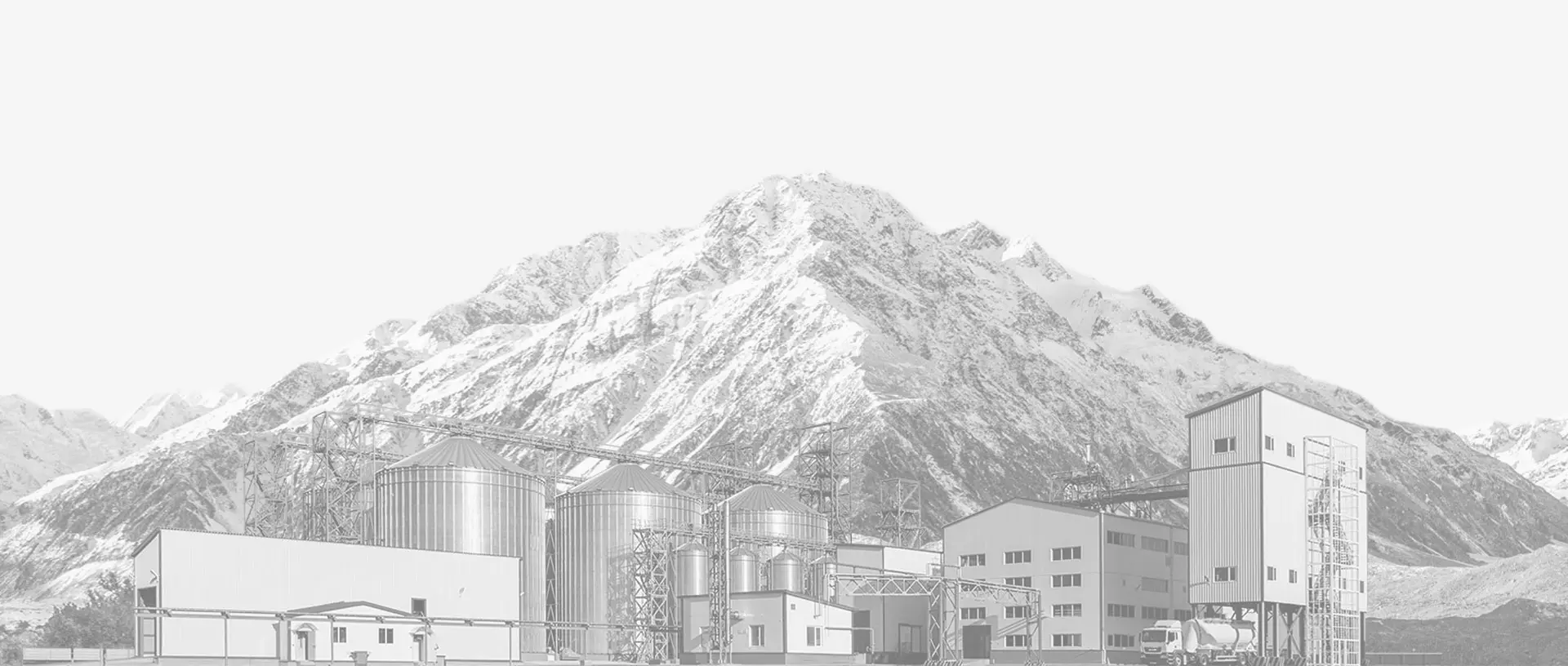

Meet global product demands and quality standards with industry-leading pellet plant design, engineering, equipment, and construction services for pellet processors.
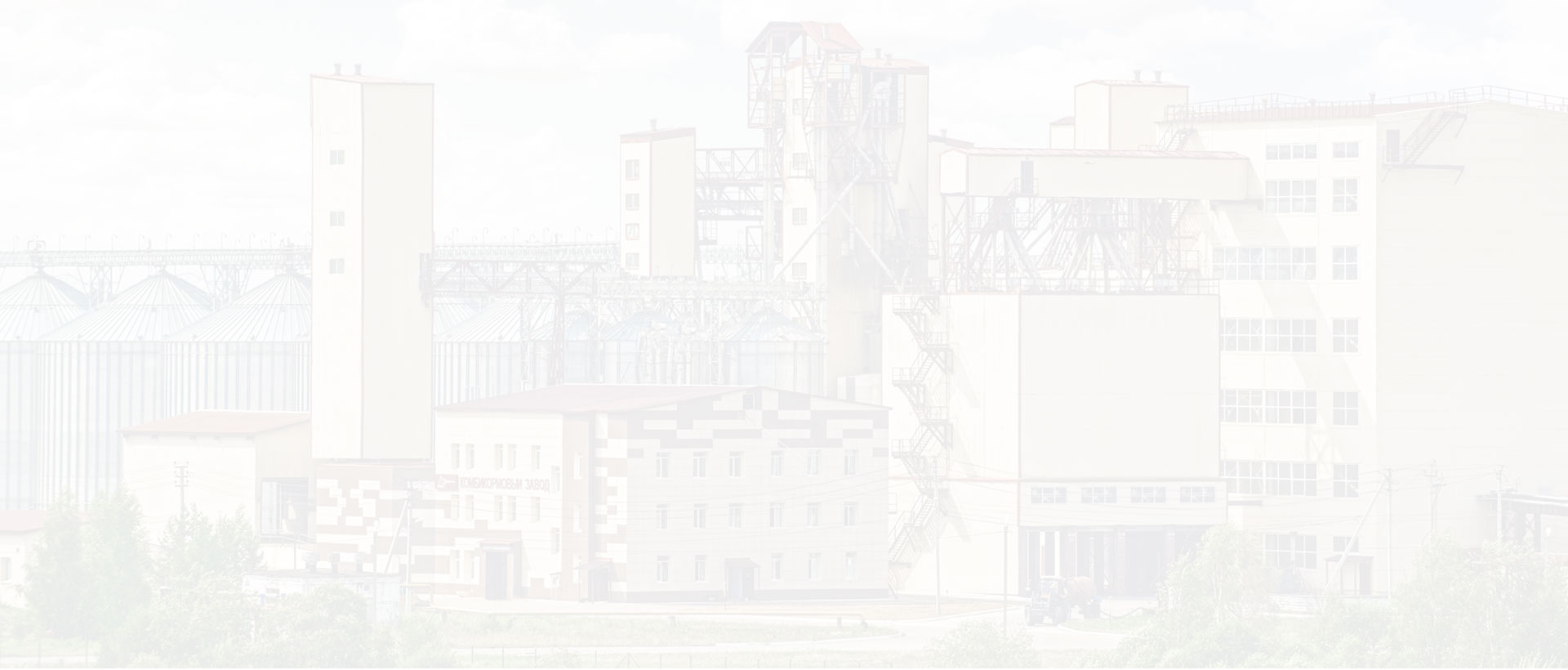

Your Partner Beyond Project Completion
2000+ cases
RICHI is the leading designer, manufacturer and builder of pellet plants in the world, completing over 2000 projects in 140 countries across 6 continents.
Read More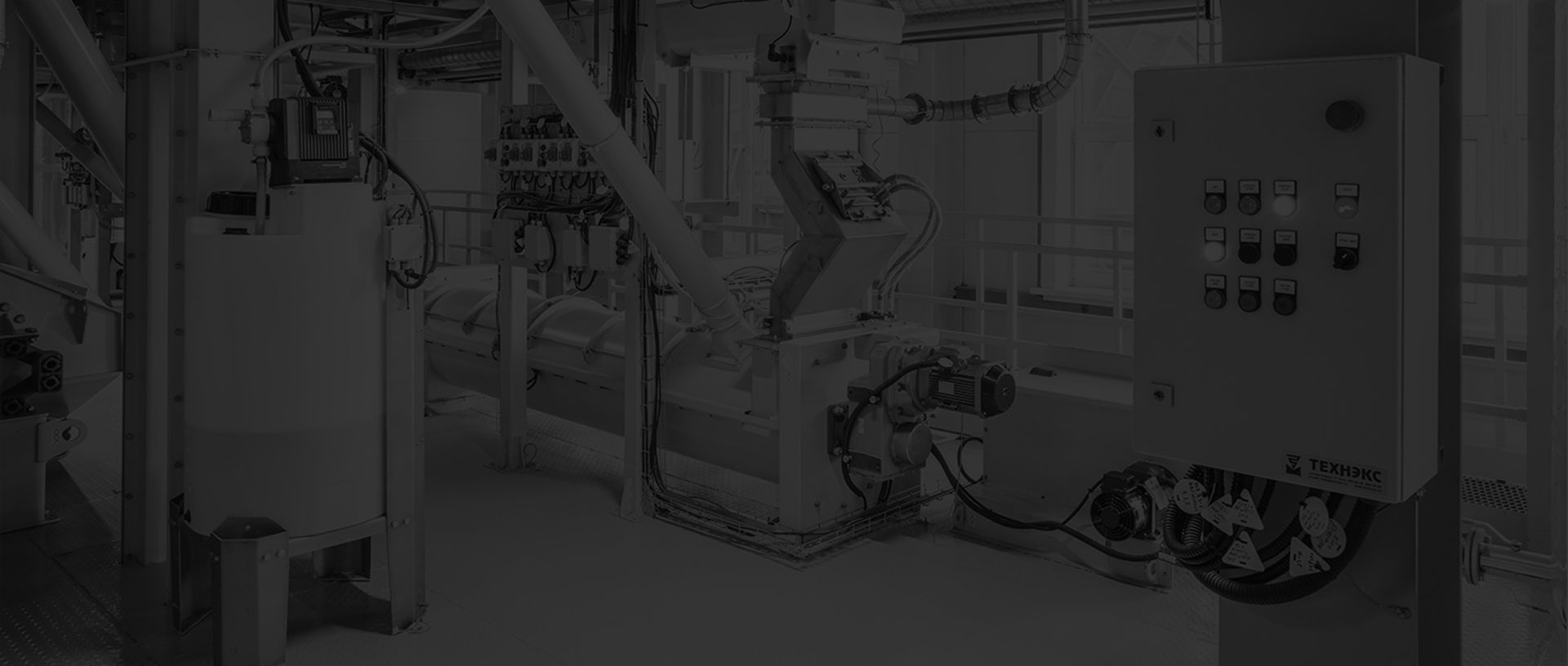
Increase plant productivity, profitability, and safety by integrating high quality equipment into your pellet production line. Over the years, RICHI has become China's top pellet equipment manufacturer. At the same time, RICHI has established valuable partnerships with the world's leading component and raw material manufacturers to bring you the best there is in technology, automation, and efficiency in pelleting plant machinery.

For nearly 30 years, RICHI has been providing best-in-class pellet plant equipment and services to clients across a variety of industries, sizes, and needs. We pride ourselves on the knowledge and skill that each team member possesses – from our technical sales team to our process design engineers. You can count on RICHI Machinery to take your operation to the next level of innovation, quality, and success.
Need help with your pellet manufacturing plant project? Contact us today.
ANIMAL FEED
BIOMASS
WOOD
ORGANIC FERTILIZER
AQUA FEED
CAT LITTER
MUNICIPAL WASTE RECYCLING
SPECIAL PELLET PRODUCTION
RICHI Machinery continues to deliver world class pellet mill equipment, pellet plant engineering and project solutions that add value to our customers in the animal feed, wood waste, agriculture waste, organic fertilizer, cat litter and special pellet products industries. Throughout the years, we RICHI Machinery have built strong brand, becoming industry-leading pellet machine manufacturer. We value integrity, promise quality, and prioritize your success.
Learn MoreWith our expert team, we precisely implement your process engineering requirements in pellet mill and pelletizing plant systems. No matter which industry you’re in – we understand your needs and deliver solutions that meet the highest standards.
At RICHI, quality comes first. Our pellet making machine and related pellet line equipment undergo rigorous quality controls to ensure they meet the highest standards. Rely on products that are durable, safe, and efficient.
With decades of experience in pellet machine and pellet production line production, we have earned a reputation as a trusted partner in various industries. Our expertise allows us to cover a wide range of applications.
Not only do we offer premium pelleting equipment, but we are also experts at designing, building, installing, and maintaining facilities from the ground up. Our expertise is within pellt plant process design, discovering the most efficient, productive, and profitable way to handle your materials in an end-to-end cycle.

Keeping in touch with us is an effective way to solve all your problems. If you have any needs or questions, please leave your contact information, then RICHI technical consultants will send design, quotation, videos to your mailbox. You can also contact us directly via WhatsApp: +86 13838389622
Copyright©2015-2024 by HENAN RICHI MACHINERY CO., LTD. All rights reserved.